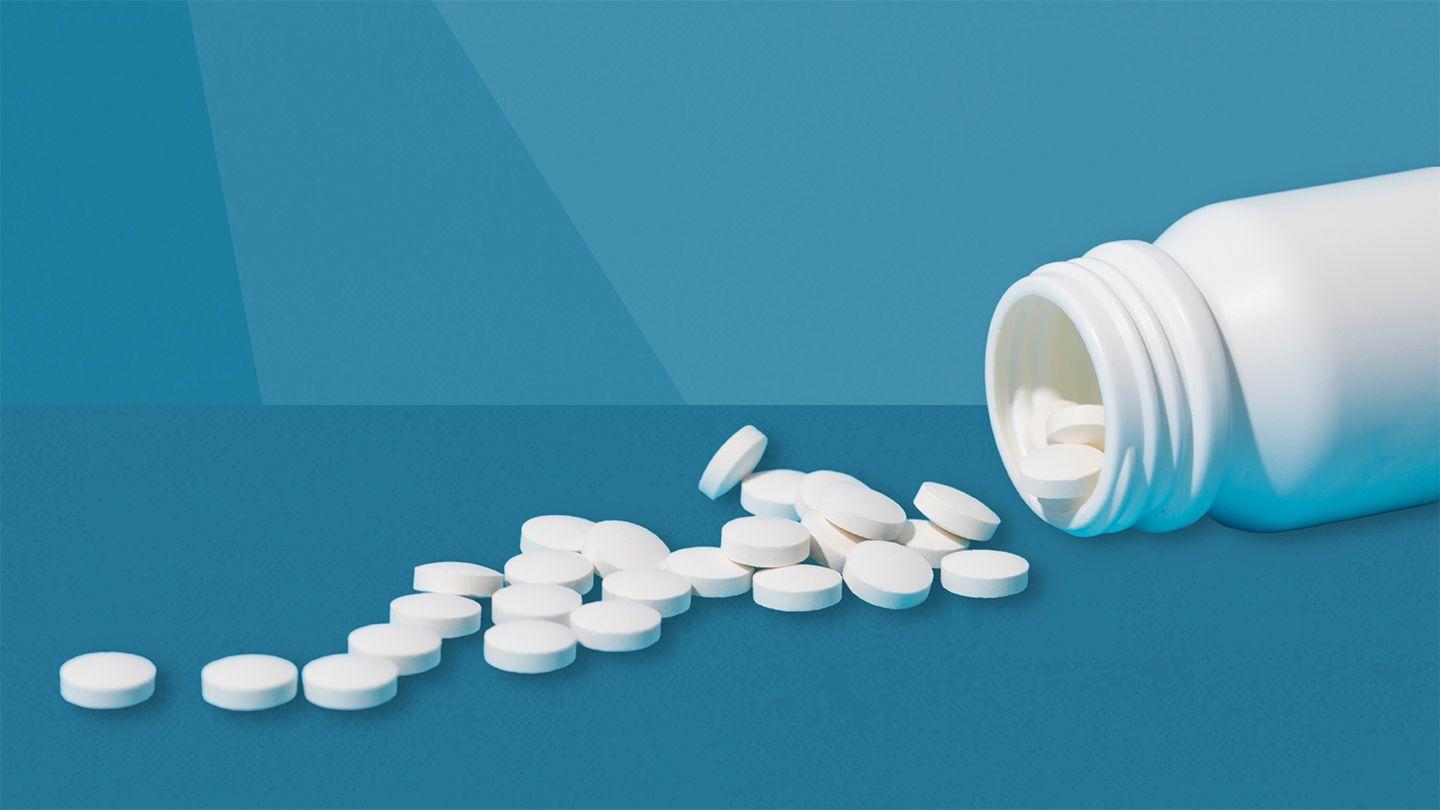Sleep Pitfalls with Melatonin: What Your Doctor Wishes you Wouldn’t Do
Ever tried firing up your 3‑time‑a‑week bedtime routine and then found yourself staring at the ceiling, wondering why your brain is partying like it’s 1999? Turns out, one of the biggest culprits might be melatonin. Let’s unpack the most common melatonin mishaps that sleep doctors sternly warn you to dodge.
1. Taking Melatonin with the Wrong Timing
- Wrong Time of Day: Remember, melatonin isn’t a nightly stimulant. Taking it too early can actually keep you up, because your body thinks it’s not bedtime yet.
- Late‑night over‑use: Podcasts, TikTok, and that endless scrolling – all can feed the brain’s “alertness” circuitry, negating melatonin’s calming effect.
2. Mixing Melatonin with Stimulants
It’s tempting to toss in a caffeine boost for that “quick” energy hit, but it’s a recipe for 40+% blood pressure spikes. Think of melatonin as your inner yoga instructor; caffeine is the rogue rock band crashing the session.
3. Overdosing for the “Instant Sleep” Myth
Many folks aim for a quick fix by taking high doses (10 mg+). While it may sound like a magic spell, the body’s own production gets suppressed, making you more reliant on the pill—you’re building a dependency faster than you can say “Zzz”. Typical advice: stick to 1–2 mg from an evening 1–2 hours before bed.
4. Skipping the Light‑Exposure Check
Our circadian rhythm loves natural light. Melatonin doesn’t blow that race apart; it merely nudges the clock. If you’re sleeping in a dark, tech‑filled room, you’re missing the environmental cues that help melatonin work its magic.
5. Ignoring the “Wrap‑Up” Routine
Some nights melatonin thanks itself for being the “door tugger,” but that’s only half the story. Billboard on the wall, cool shower, a book— these bits of ritual create a bed-time gradient. Melatonin alone is like a spark; rituals are the chain reaction.
Bottom Line
Ask your sleep doctor:
- When the best time is to take your pill.
- What dosage will keep you not tired but relaxed.
- Which lifestyle tweaks complement your melatonin use.
There’s no need to drown yourself in a melatonin tsunami. Instead, sprinkle the right dose around a well‑timed bedtime, enjoy a light‑rich, caffeine‑free night, and you’ll likely drift off faster than a meme on your phone. Happy snoozing!
The Role of Contingency Management in Behavioral Therapy
I spotted a block of CSS styling, but I couldn’t find the actual news article content you’d like me to rewrite—no headlines, body text, or key points are present. Could you share the article’s text or give me a brief summary of what it covers? Once I have that, I’ll happily transform it into a conversational, upbeat style with the HTML structure you’re after.
Understanding Contingency Management: A Scientific Framework
Contingency Management: Turning Good Habits Into Real Rewards
Think of it like a digital loyalty card for your brain. Once you make a smart choice, you get a tangible reward—a little nudge that says, “Nice job!” This strategy rests on a classic idea: behavior changes when it gets the right consequences.
Where It All Started
Back in the day, B.F. Skinner was the guy who figured out that we’re really into rewards. He called it operant conditioning, meaning “actions shaped by outcomes.” Contingency Management (CM) just takes that blueprint and throws it into the therapy room.
How It Works
- Identify the behaviour you want. It could be going to your therapy appointment, finishing a medication schedule, or staying sober.
- Reward that behaviour. The reward can range from a small treat, extra leisure time, or a tangible token of achievement.
- Repeat. Each time you hit a goal, you get a reward—this makes the brain think, “Hey, this is worth it!”
From Addictions to All Kinds of Mental Health
What started with helping people kick a drug or alcohol habit soon spread to other mental health challenges—anxiety, mood disorders, even ADHD. CM isn’t just a one‑size-fits‑all; it’s a flexible toolbox.
It’s Simple, Yet Powerful
The core logic is neat: Do something good → Get something good → Repeat more often. That’s why it has survived in research for decades and still works wonders in real‑world settings.
Bottom line: CM gives you real, immediate money‑in‑your‑wallet (metaphorically, of course) for doing the right things, so you’re more likely to keep doing them.
A Journey Toward Healing and Stability
Recovering from substance use can be a challenging path, but with the right support and guidance, individuals can rebuild their lives. Emotional resilience, family involvement, and structured programs all contribute to successful Drug Addiction Treatment. Therapeutic interventions like cognitive-behavioral therapy and medication-assisted treatments address both psychological and physical dependencies. Community support groups and aftercare planning further enhance long-term recovery. While setbacks may occur, consistent effort and professional care can lead to meaningful progress. Ultimately, the recovery process is not just about breaking free from substances—it’s about rediscovering purpose, rebuilding relationships, and reclaiming control over one’s future.
Core Principles Behind Contingency Management
At the heart of CM lies the dual machinery of reinforcement and behavioral conditioning. Positive reinforcement—granting a reward following a target behavior—serves as the engine of this method. Conversely, the strategic withholding of rewards for undesired actions shapes behavioral boundaries. Whether through vouchers, privileges, or financial incentives, CM tailors its tools to client needs. The essence of CM isn’t the reward itself, but the contingency: the precise link between behavior and consequence. This clarity sharpens motivation and fosters accountability. Such a structure not only ignites intrinsic engagement but helps disrupt maladaptive behavioral cycles.
Implementation of Contingency Management in Therapy Settings
Contingency Management (CM): Turning Theory into Real‑World Wins
Think of CM as the “reward for doing something great” game we all grew up with, but now it’s tailored for teens, adults, and kids on the autism spectrum.
How It Works
- Therapists set up a point system or voucher board.
- Clients earn stars or vouchers when they nail a negative drug test, show up to therapy on time, or stay on track with their meds.
- Every small win gets a visible badge—no mystery, just simple math showing progress.
Why It Rocks in Different Settings
- In juvenile courts: teens get a clear “good‑deed” scorecard that nudges them to stay out of trouble.
- In autism therapy: tiny milestones like social greetings or new words earn a little trophy, boosting confidence.
Gotchas & Tips for Success
- Stay consistent—changing rules mid‑game breaks the fairness.
- Make sure the rewards match the person—a teen’s video game might be a toddler’s sticker!
- Keep the record keeper accurate—the whole system hinges on reliable evidence.
The bottom line: Structured consistency is the foundation—just like a pop song where every chorus brings a brand‑new win.
Efficacy in Treating Substance Use Disorders
Conditional Money: The Supercharged Way to Beat Substance Use
Picture a money‑based system that rewards you for staying clean. Sounds like a nice side hustle, right? That’s basically what CM (Conditional Money) does – it slips a little cash or perks into the mix whenever you hit your abstinence goals.
Why Camper’s CM Wins the Game
- Stimulants, opioids, cigarettes: Trials consistently show people ditching crack, heroin, or that dreaded cigarette habit with a hefty boost from CM.
- Methadone maintenance: Those on methadone programs stay put and stick to their meds when CM flips a reward on every successful dose.
- Instant feedback: Instead of the endless “let’s talk about this” loop, CM gives you a quick dose of “good job” tied to an actual reward.
- Better short‑term wins: When the goal is showing up and taking meds, CM outshines talk‑therapy alone.
How It Works in Plain English
Think of CM like a vending machine for habits:
- You insert a “clean” action (like a drug‑free day).
- The machine spits out a small reward (cash, a voucher, or something that matters to you).
- Because it’s immediate, you see the ripple effect right away.
Bottom Line: A Potent Behavior Calibrator
Unlike therapy that might need a month of talking to shift stubborn habits, CM gives you a touch‑and‑feel boost that rewires your brain’s reward wiring. If you’re chasing those quick wins and better retention, CM can be the high‑octane engine you didn’t know you needed.
Challenges and Ethical Considerations
Cracking the Code on CM: Pros, Cons, and the Human Touch
What’s the Glitz, and What’s the Grit?
Contingency Management (CM) is superstar in the field of behavior change—winning clients over with tangible rewards. Yet, it’s not all shiny points. Here’s a quick rundown of the real story behind the curtain.
1⃣ The Reward Rollercoaster
- Too Fast, Too Hard – If you yank the coupons or cash cash too soon, people can slip back into old habits. A gentle fade-out gives the brain a chance to settle in.
- Slow and Steady Wins – Gradual tapering lets folks internalize motivation, making it stick, not just a one‑off “give me the thing” thing.
2⃣ The “Pay-to-Play” Conundrum
- Is it fair to hand out bucks for actions that should come from within? Some argue it’s a double‑edged sword.
- Ethical line‑ups: Empowerment vs. transactionality can flip depending on cultural vibes. In one community, a voucher feels proof of progress; in another, it looks like a hand‑shake deal.
3⃣ The On‑the‑Ground Reality
- CM Isn’t a Budget‑Free Idea – It needs moolah and a full‑stack team.
- Small clinics or hot‑spotted regions might find the financial and admin load a barrier.
- Equity matters: No one should feel like they’re being left behind because the program can’t afford them a reward.
Takeaway: It’s a Balancing Act
Contingency Management can be a powerful catalyst, but it’s not a one‑size‑fits‑all fix. The art lies in sliding rewards in and out just right, respecting cultural norms, and making sure the dots between “encouragement” and “payout” stay clean. With a mindful strategy, CM rises from a flashy gimmick to a genuine, sustainable help tool.
Integration with Other Therapeutic Approaches
Contingency Management flourishes when integrated with other therapeutic models. For instance, combining CM with Cognitive Behavioral Therapy (CBT) bridges external motivation with internal cognitive restructuring. While CM initiates behavior change, CBT addresses underlying thought patterns that sustain it. Motivational Interviewing (MI), with its client-centered ethos, pairs seamlessly with CM by enhancing readiness for change. This multimodal approach helps sustain long-term behavioral transformation even after rewards taper off. By embedding CM within a broader therapeutic framework, clinicians can foster not only behavioral compliance but also emotional resilience and psychological insight. It becomes not just a tool—but a catalyst.
Conclusion
Contingency Management: Turning Goals Into Golden‑Ticket Wins
Contingency Management (CM) is a no‑fuss, evidence‑packed trick that turns wild, abstract hopes into bite‑size, real‑world victories—especially when folks are battling addiction or sticking to tough rules.
Why CM Wins the Day
- Actionable Magic: Take the fuzzy “be healthier” mantra and pair it with tangible rewards—like a coffee for every sober day.
- Fast‑Track Change: Studies show people actually notice the shift sooner than the long‑haul, guess‑work programs.
- Data‑Driven Delight: Every reward is a data point, making follow‑up tweaks feel like science experiments rather than guesswork.
Keeping It Real (and Ethical)
While CM rocks, it’s not a one‑size‑fits‑all magic wand. Challenges pop up:
- Implementation Pitfalls: Getting the right rewards, timing, and monitoring can feel like a high‑stakes poker game.
- Ethical Tangles: Balancing incentives with fairness requires a touch of moral diplomacy.
Future‑Proof CM
In a world thirsting for “just the right fit” care, CM is evolving, teaming up with tech gadgets, nudging newer patient groups, and mixing seamlessly with therapy allies. It stays sharp, bringing a behavior‑based heartbeat to personalised health playbooks.




